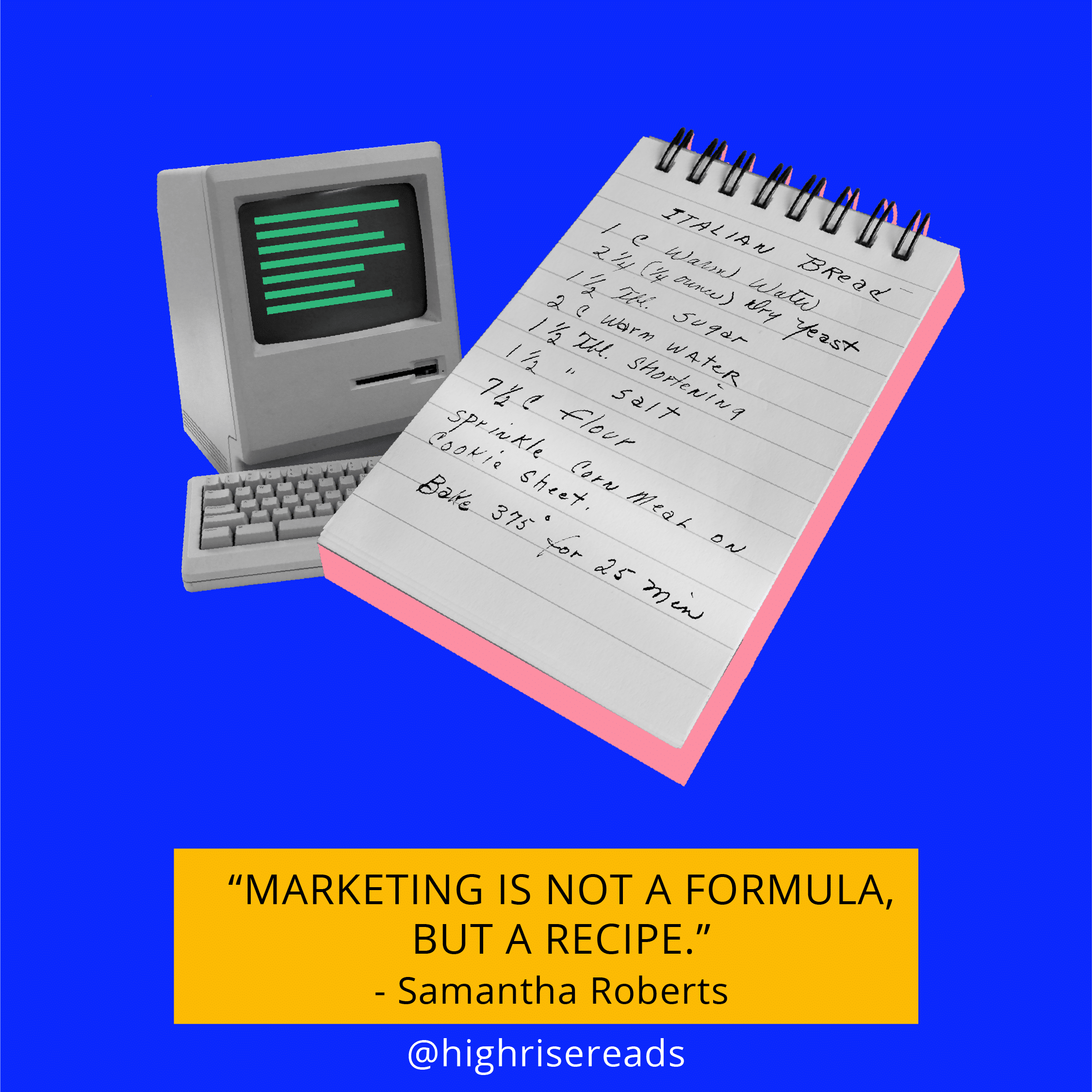
COMING AT YOU WEEK OF 9.21.21
This week’s most important marketing news
THE IOS 15 UPDATE, RELEASED YESTERDAY, COMES WITH CHANGES AFFECTING YOUR EMAIL-MARKETING DATA
If your open rates start spiking, it might be an inflation from Apple Mail users whose ‘open’ data won’t be tracked accurately anymore. Most experts recommend shifting your email-analytics focus from your open rate to your click-through-rate.
LAST WEEK, FACEBOOK ANNOUNCED A SLURRY OF NEW AND UPDATED TOOLS FOR BUSINESSES
Here are the highlights:
- When people click on a “send us a message” CTA from a FB ad, FB will check which of their three message platforms (WhatsApp, Instagram direct, and Messenger) the individual uses the most. Then they’ll send the message through that platform.
- Businesses can add a WhatsApp chat button to their Instagram page.
- The Business Suite management platform has new email and messaging capabilities, like letting you send remarketing emails from the suite.
- A new File Manager option is available for the Business Suite. It’s meant to make it easier for managing FB content on the app. This includes a Post Testing capability.
- They’re testing Work Accounts to let you to have a profile separate from your personal one to let you run your business pages with.
HOW OFTEN, WHY, AND HOW GOOGLE ALTERS THE TITLE TAGS ON THEIR RESULTS PAGES
Title tags are the blue text of a search result and they matter because it can persuade people to pick your site’s link over another.
|
|
80% of the time, Google uses the html title tag which a site’s editors (likely you’re one of those) have control to create and edit. But for the other 20%, Google alters the title tag.
For instance, if a title tag is long, they may abbreviate it by showing what they decide is the most relevant pieces. Or they might add the name of a site to the end to add context. Before, they used the search query to decide how to make those changes, but now they are relying on “text that humans can visually see when they arrive at a web page.”
This is a reminder to follow best practices for title tags (e.g. watch your character limit and actually HAVE a title tag). And if your site has messy title tags right now, this update could help your click-through-rates while Google cleans it up a little more effectively than it did before.
A case study about user-generated content and tips on how to use it
Watch this video, if you haven’t seen it already.
Since the video was posted a month ago, it’s had almost 30 million views on TikTok alone. It’s attention has been covered by Good Morning America, The Today Show, Allure and MANY others.
The product Trini posted started selling out at beauty supply stores like Sephora and Ulta just 48 hours after the video was posted. Not long after, it was out of stock on Peter Thomas Roth’s site. Isn’t that sick!?
Peter Thomas Roth himself commented about the sensation: “This is a 10-year-old product, for the last 10 years, I have done so many before-and-afters, and hers is the one that went crazy.”
Why?
Because “consumers are 2.4x more likely to say user-generated content [UGC] is authentic compared to brand-created content. [And] 79% of people say UGC highly impacts their purchasing decisions,” says this survey.
User-generated content is any form of content created by an unpaid individual about a company or their offering. People trust UGC and it influences which services and products they choose.
Compare Trini’s video to this post by the company.
|
|
Trini’s UGC has a couple things going for it that PTR’s post does not.
ONE: Video was a better format than images
You’re smart and probably get that the video showed the process better than a side-by-side image and that editing seems more likely in the images than the video.
TWO: Virality is more achievable on TikTok than Instagram
We’re not discounting this as a factor, but our next point is the real clincher.
THREE: Trini’s video is full of authenticity.
Trini was a real person that didn’t seem to benefit personally from advocating PTR products. Even though the product was raved as “witchcraft” by comments, it had the unmistakable ring of reality through it.
What you should do about it
Make sure your product is actually useful
For people to share something good about your product or service, the product or service has to be…well, good. It has to be great if you want people to share it without being asked or incentivized to.
Don’t waste existing UGC
Set up a system that finds and uses UGC. A simple repost to your brand’s page is better than letting it disappear.
Realize all brands can use and inspire UGC
B2B companies can generate UGC, plenty have.
Encourage it
There are lots of options here.
- Build an online forum for people to help one another with questions about your service or product
- Run a competition centered around UGC
- Share a hashtag in your packaging asking for them to post about the product
- Incentivize leaving a review
Again, endless possibilities here.
Reward people for creating it
Show your appreciation! This can span from a simple “thank you” comment to sending a gift and even to a monetary reward. For something with lots of eyes on it, like Trini’s post, people will pay attention to the way you treat those who spoke up about your brand.
Sign off
Now don’t you dare forget that your measly attempt at marketing well can make the universe a bit of a better place. Yeah, that was a weird compliment, but take it and run.
Lets get visual
